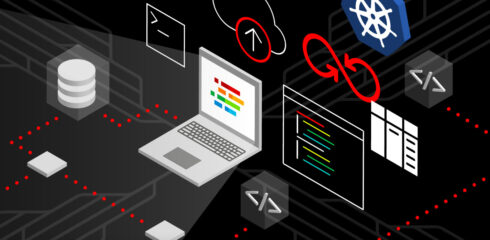
Red Hat today announced Red Hat Developer Hub, an enterprise-grade, unified and open portal designed to streamline the development process through a supported and opinionated framework.
The Red Hat Developer Hub is built from the open-source project Backstage and was built to help navigate the sprawl that DevOps teams often face, according to the company.
Internal developer portals must be created and maintained which has become a much more complicated task today due to the occurrence of large enterprises inhabited by various tools, continuously innovating security parameters, and legislation that varies by industry and location. The platform was built to improve experiences on platforms related to Kubernetes and containers such as Red Hat OpenShift.
The platform offers a single pane of glass to view all available developer tools and resources to increase productivity, self-service capabilities and guardrails for cloud-native application development, and proper security and governance for developers across the enterprise.
Red Hat created a package of six plug-ins, titled Red Hat Plug-ins for Backstage that links integral systems to Backstage. The plug-ins include:
- Application Topology for Kubernetes, which allows developers to inspect the real-time status of software and IT resources allocated to any Kubernetes aim, such as Red Hat OpenShift, with enhanced accuracy.
- Multicluster View with Open Cluster Manager (OCM), which presents users a peek into groups from Open Cluster Manager’s MulticlusterHub and Multicluster Engine inside Backstage.
- Container Image Registry for Quay, which updates and accelerates engagement with Quay registries by furnishing an overview into container image data. That involves security slips (CVEs) associated with deployed images
- Pipelines with Tekton, which offers users an insight into the specifics of all Tekton pipeline runs and respective situations throughout all services.
- Authentication and Authorization with Keycloak, which enables platform technicians to load users and groups from Keycloak into Backstage.
- GitOps with Argo CD, which assists in monitoring the health and state of the Argo CD status for services within Backstage.






